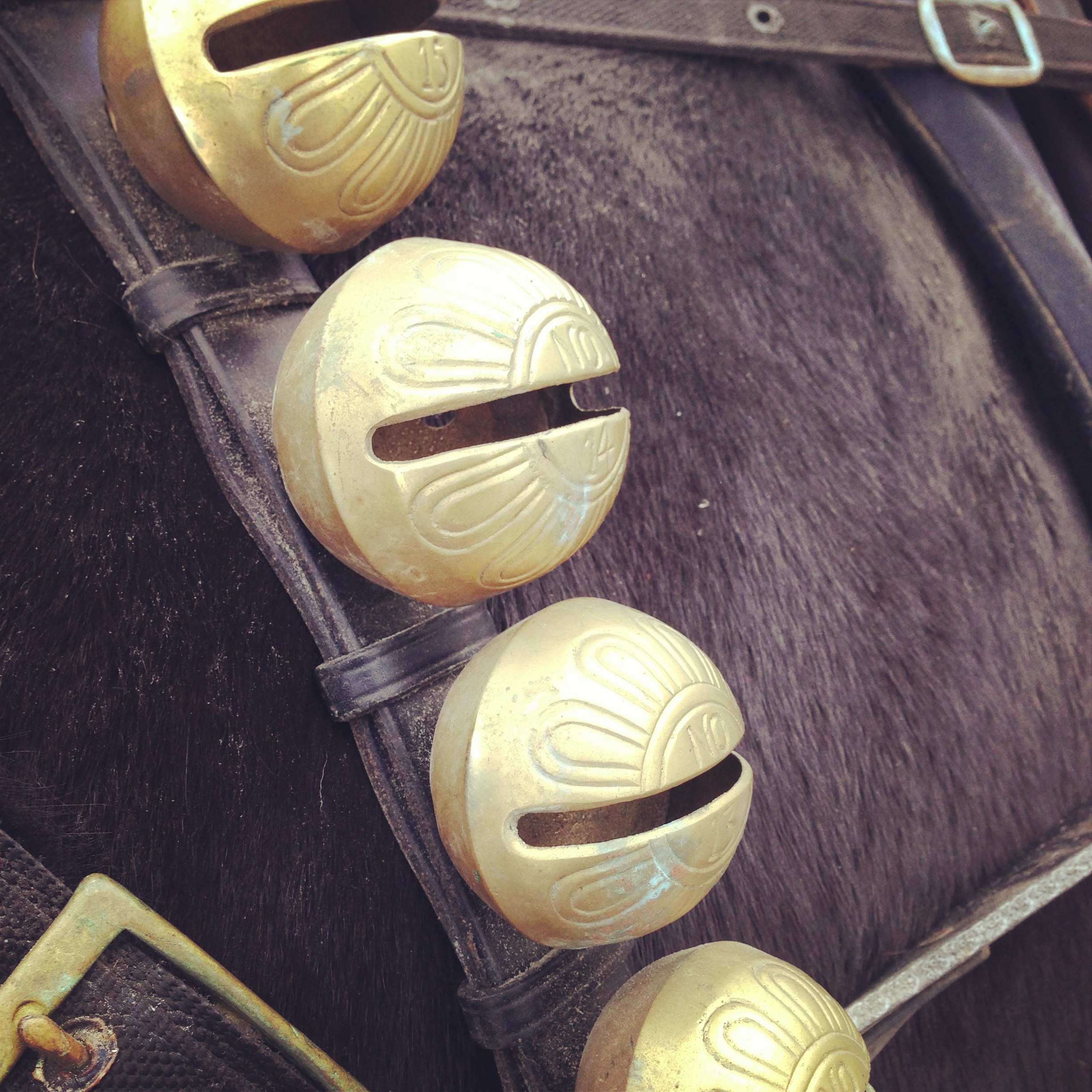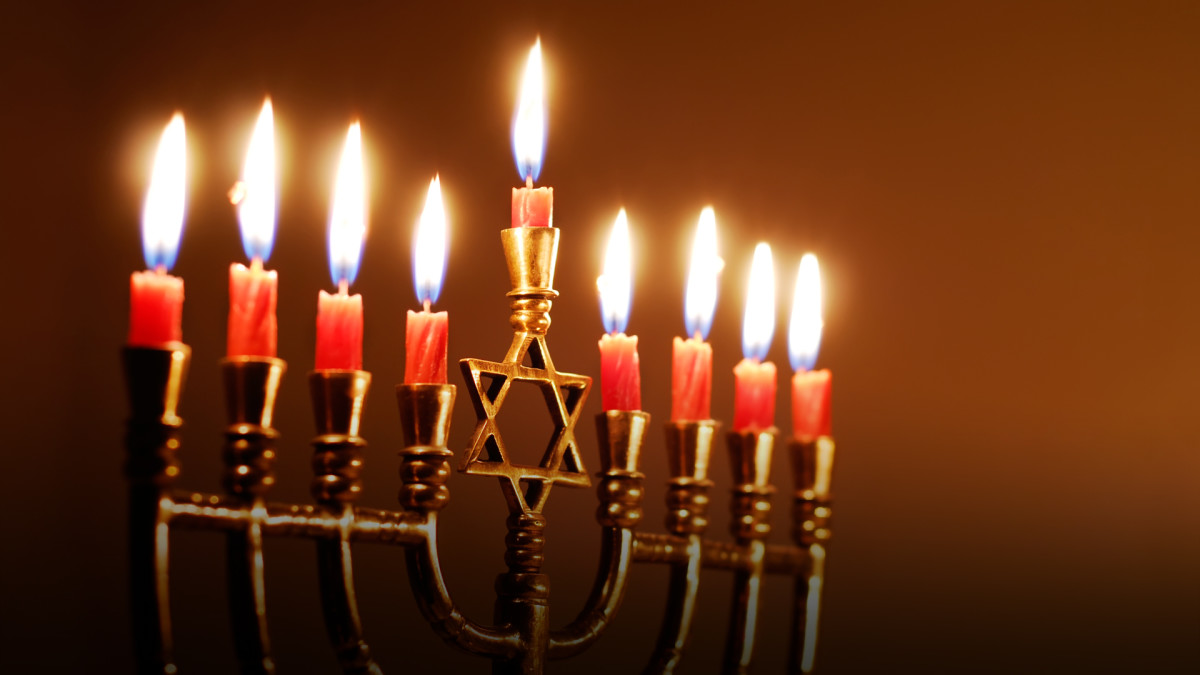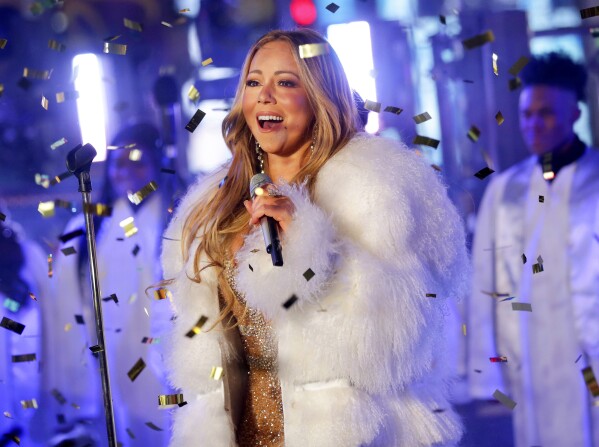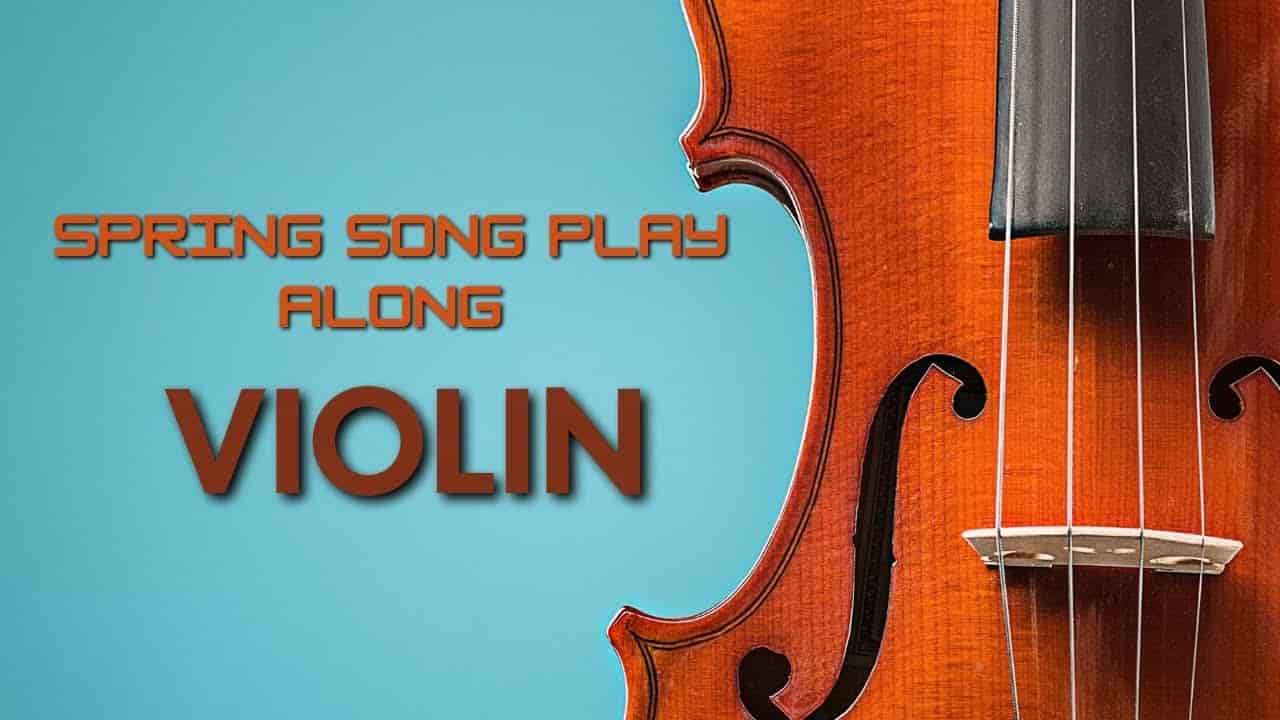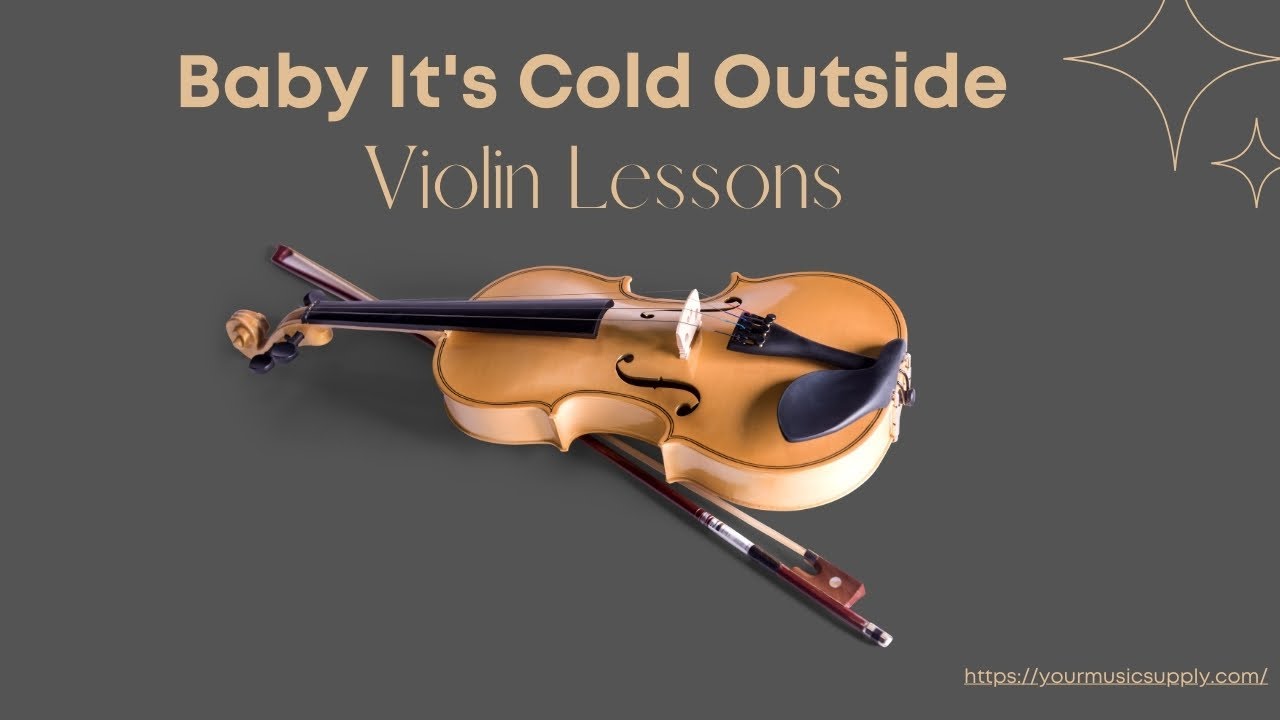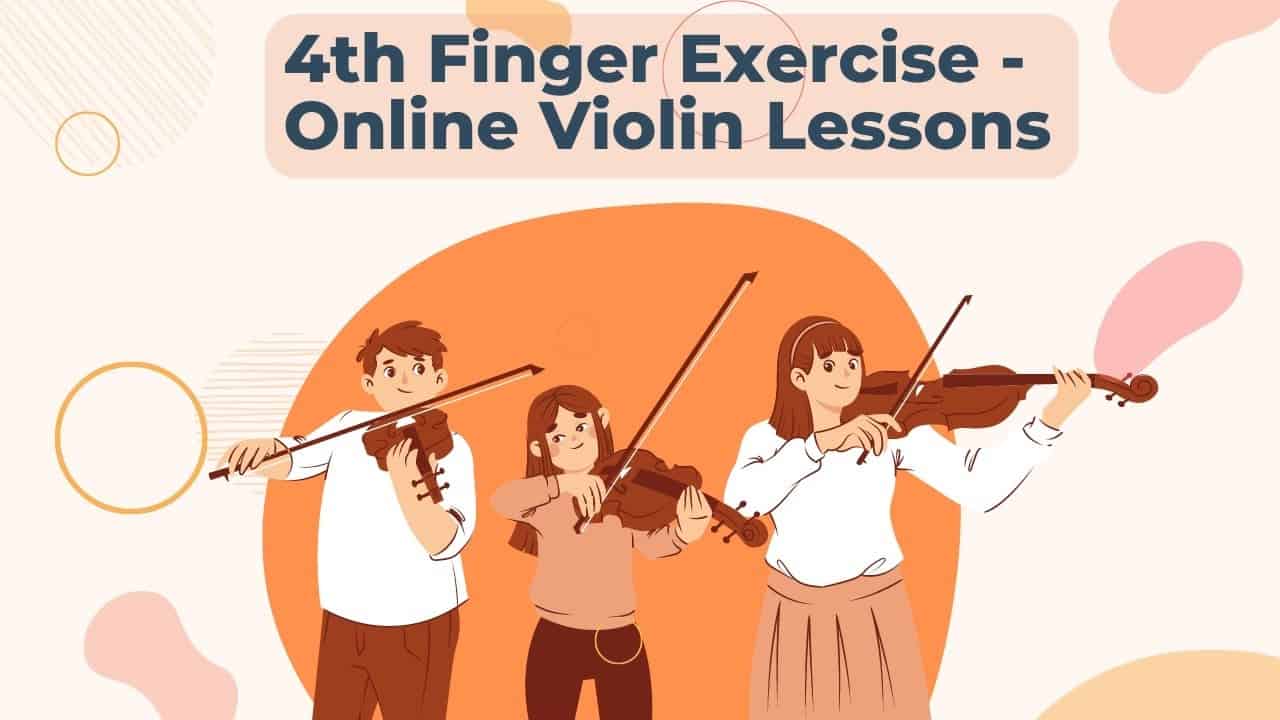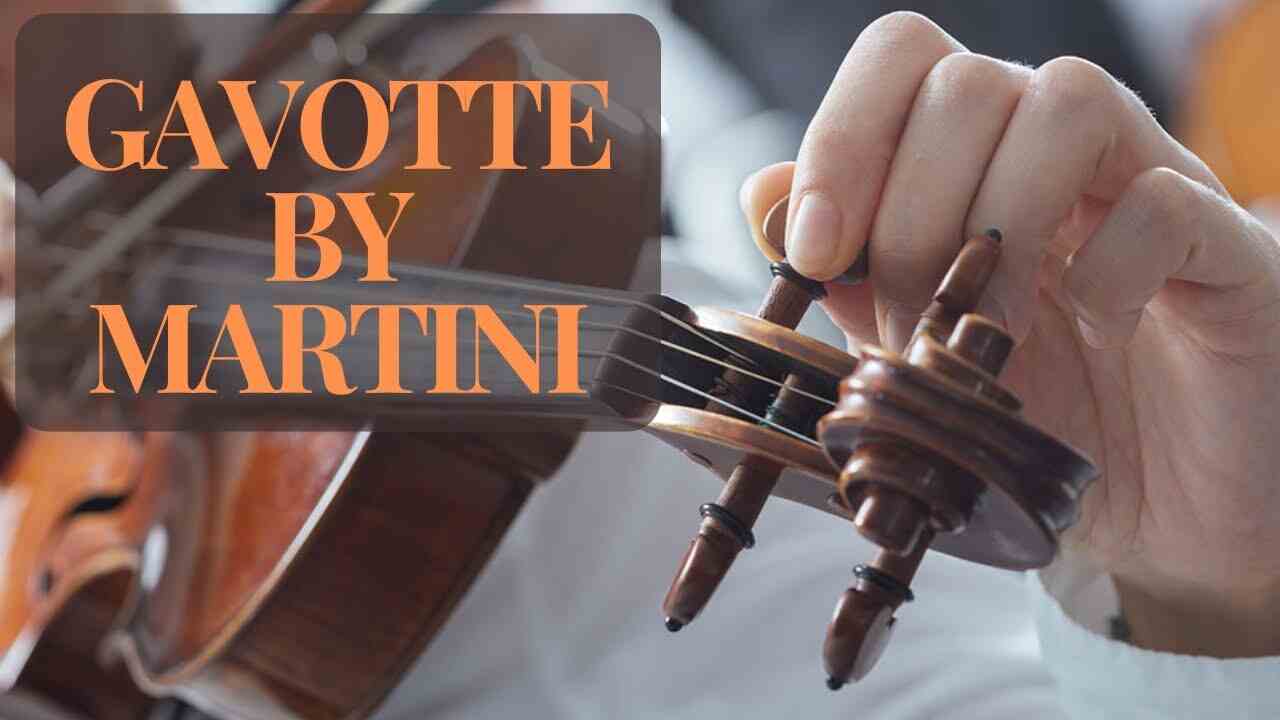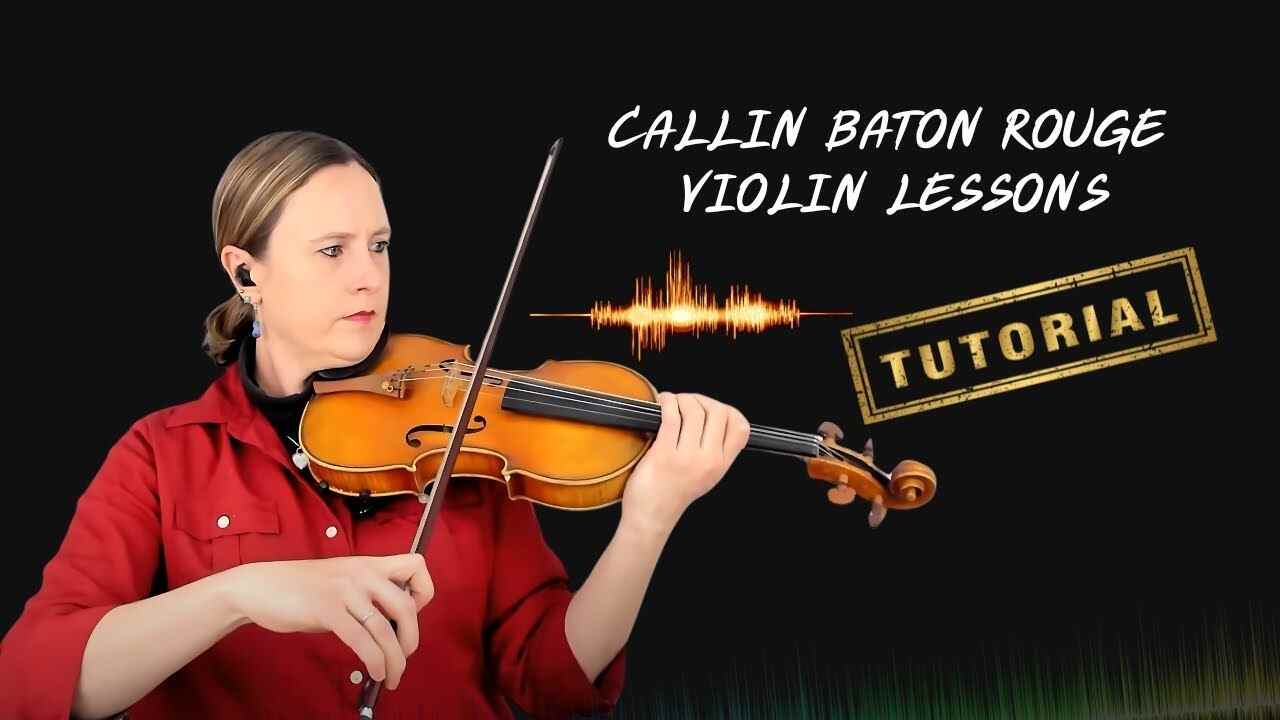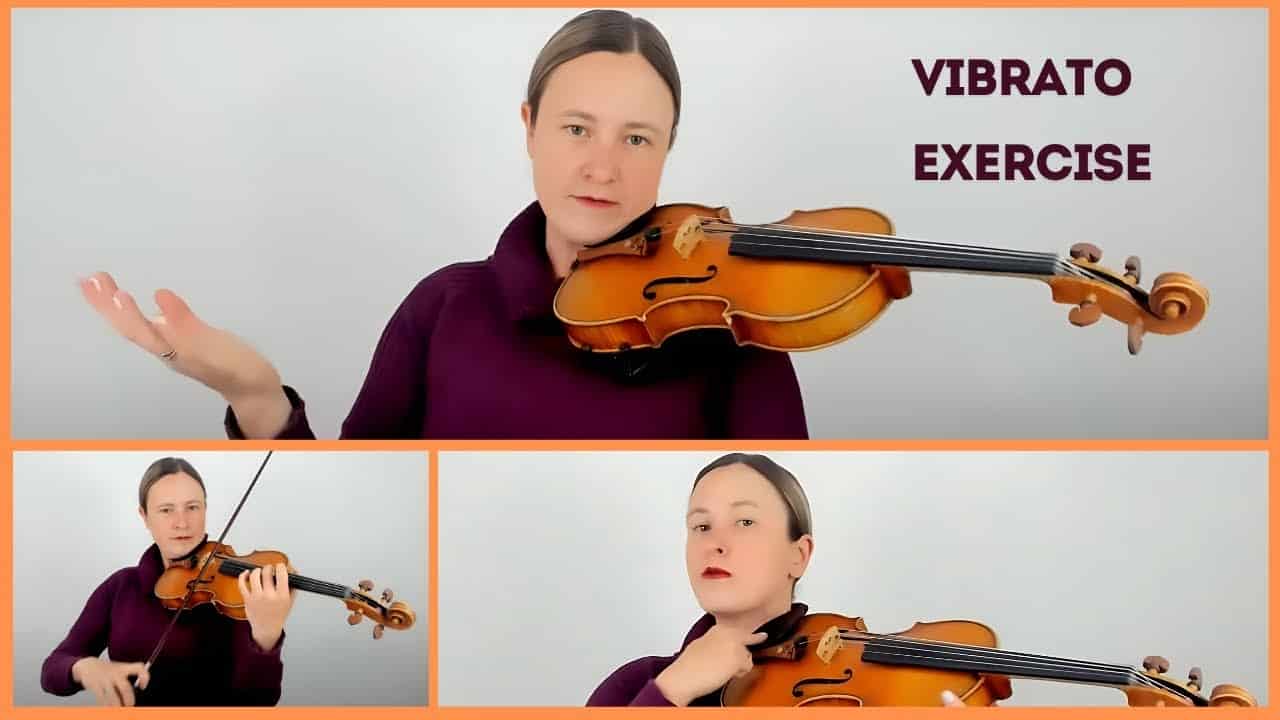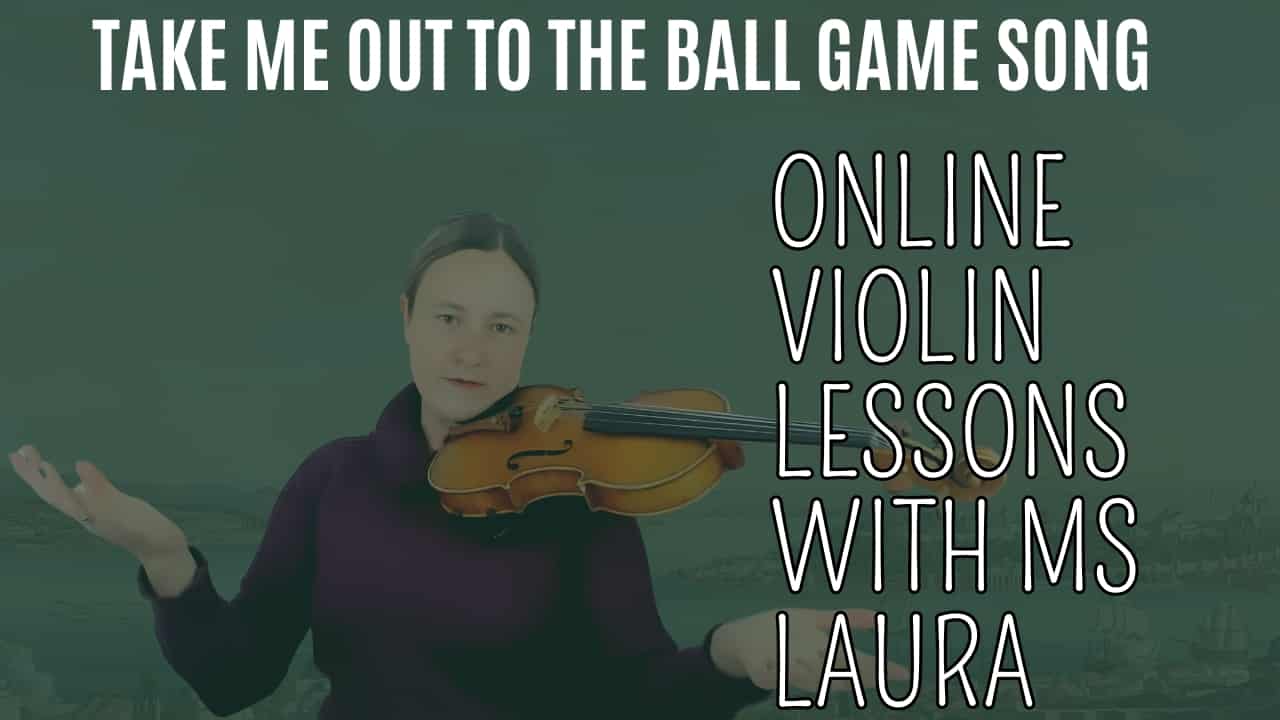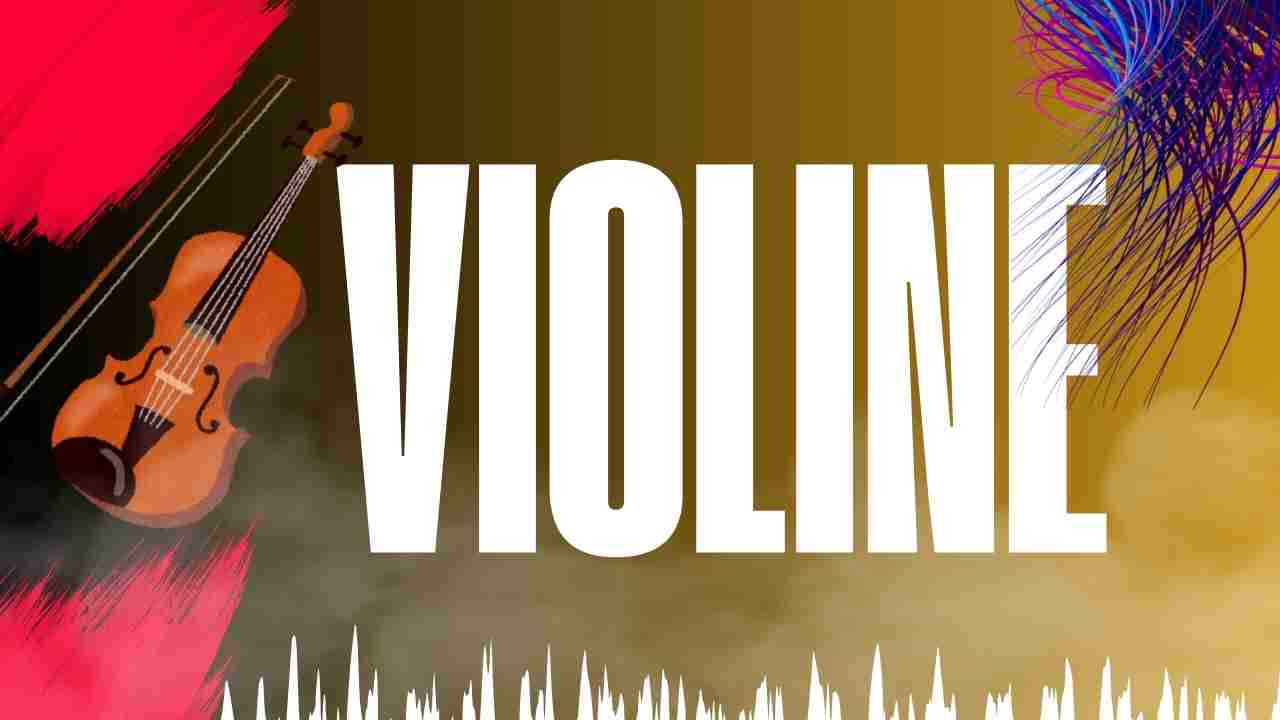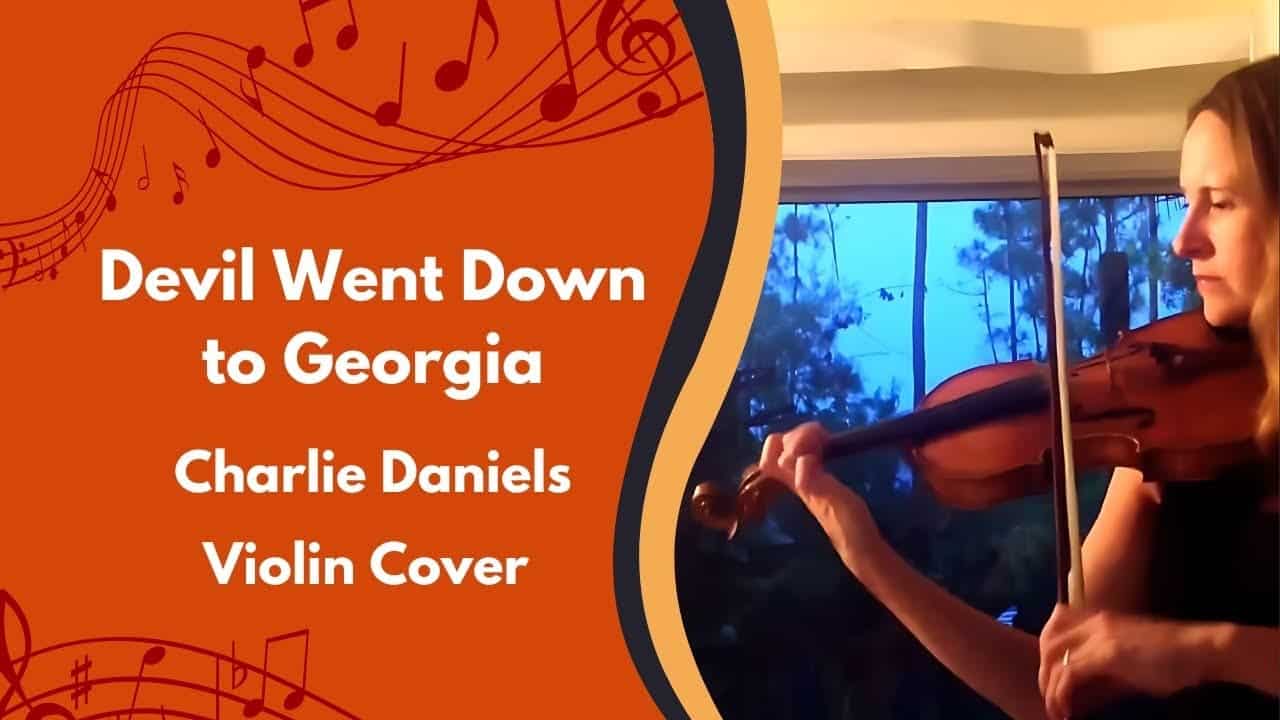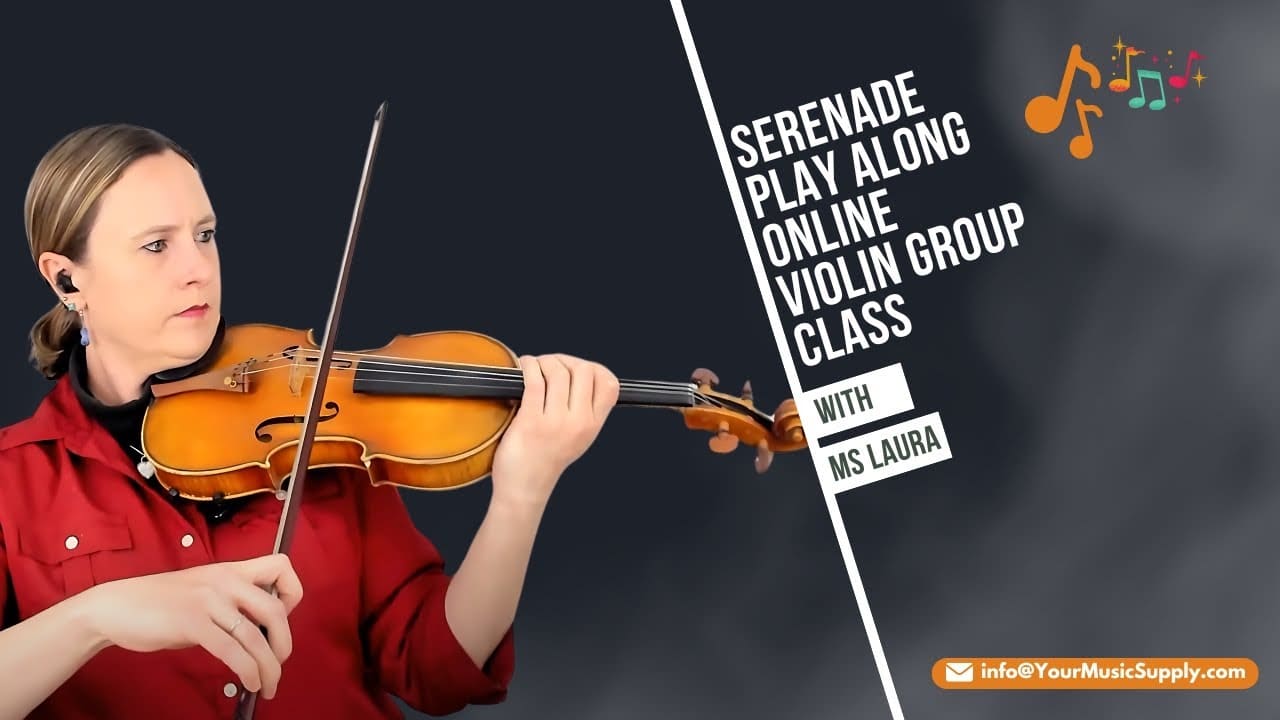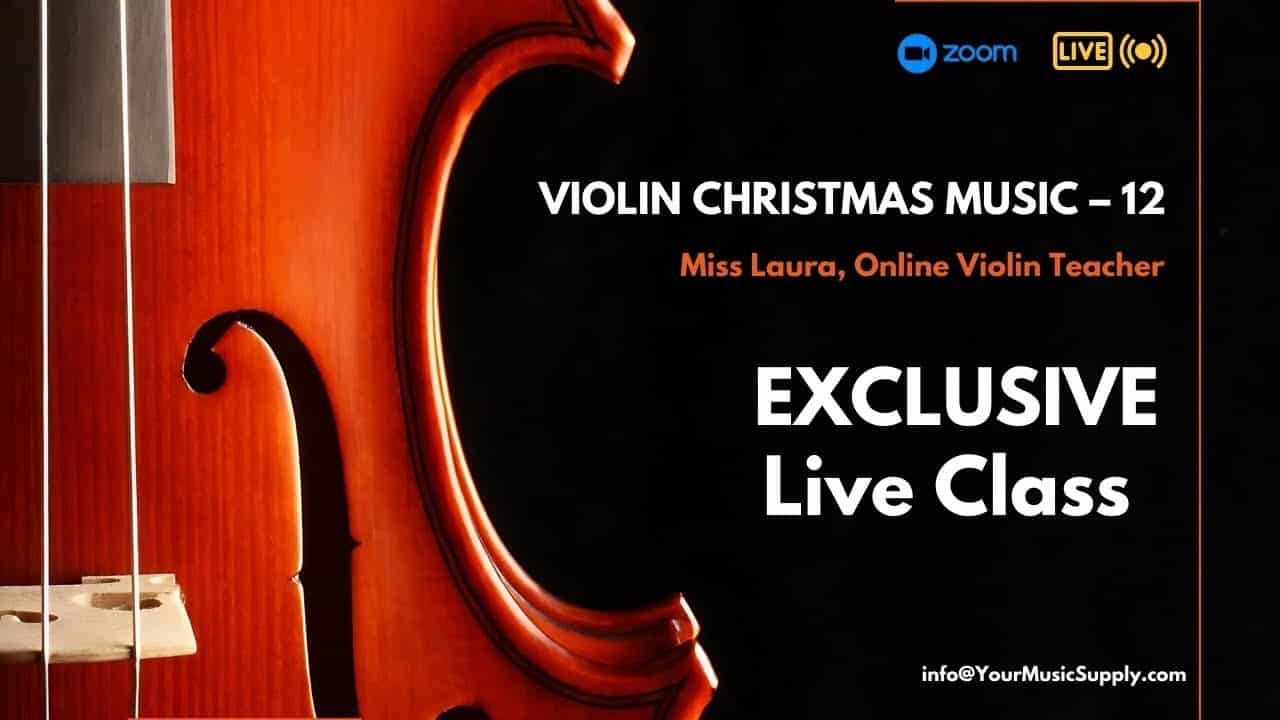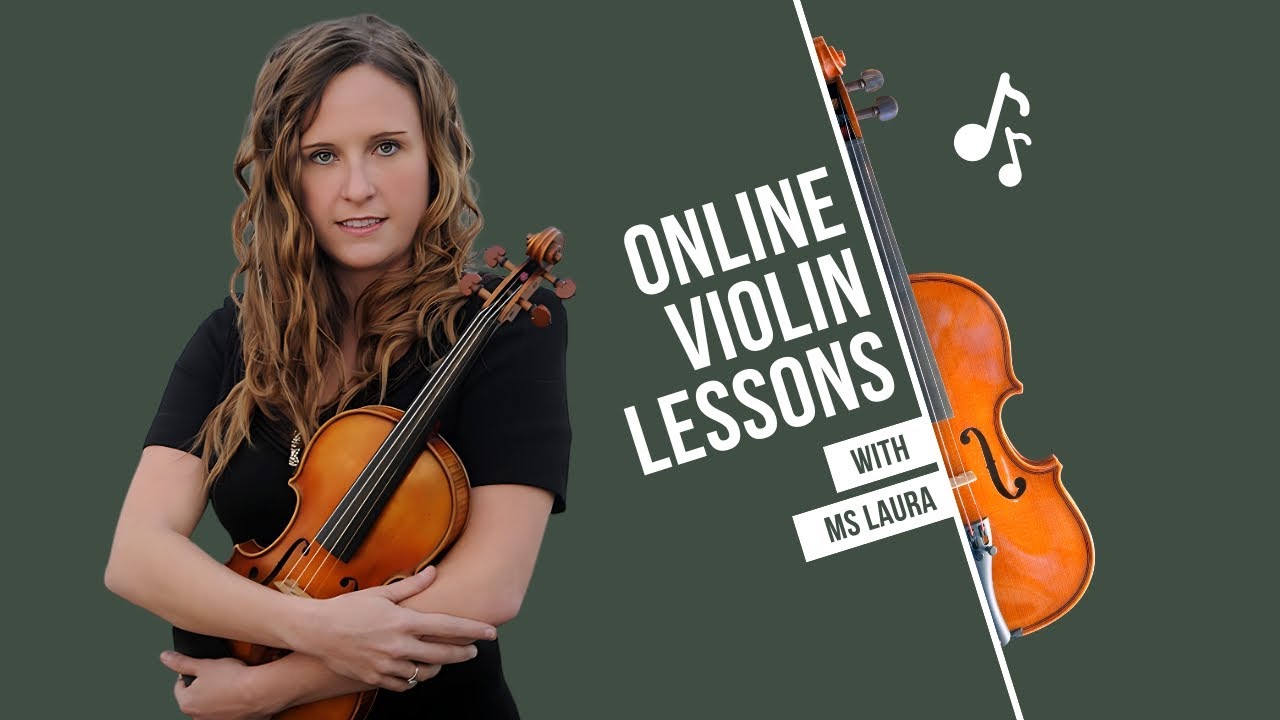The Timeless Charm of “Jingle Bells”: A Christmas Classic
Few songs capture the festive spirit of Christmas like Jingle Bells. Its cheerful melody and simple lyrics have made it a staple during the holiday season, delighting listeners of all ages for over a century. But have you ever wondered about the history and enduring popularity of this iconic tune? Let’s take a closer look at the story behind Jingle Bells and its legacy.
- Enjoy this Video: https://youtu.be/QN62lJH3gvk
- Learn to play this Christmas song on the Violin with Ms. Laura’s help. Sign up for a free trial lesson today!
- Find this and other Christmas Sheet Music Here: https://yourmusicsupply.com/christmas-sheet-music/
The Origins of Jingle Bells
Jingle Bells was written by James Lord Pierpont in 1857. Surprisingly, it wasn’t originally intended as a Christmas song! Pierpont composed it for a Thanksgiving program at his church in Savannah, Georgia, and it was originally titled The One Horse Open Sleigh. The song’s catchy rhythm and imagery of wintertime sleigh rides, however, made it an instant hit during the Christmas season.
Over time, its association with Christmas grew stronger, and it became a beloved anthem of holiday joy. It was officially published as Jingle Bells in 1859, cementing its place in the seasonal canon.
A Song of Simplicity and Joy of Jingle Bells
T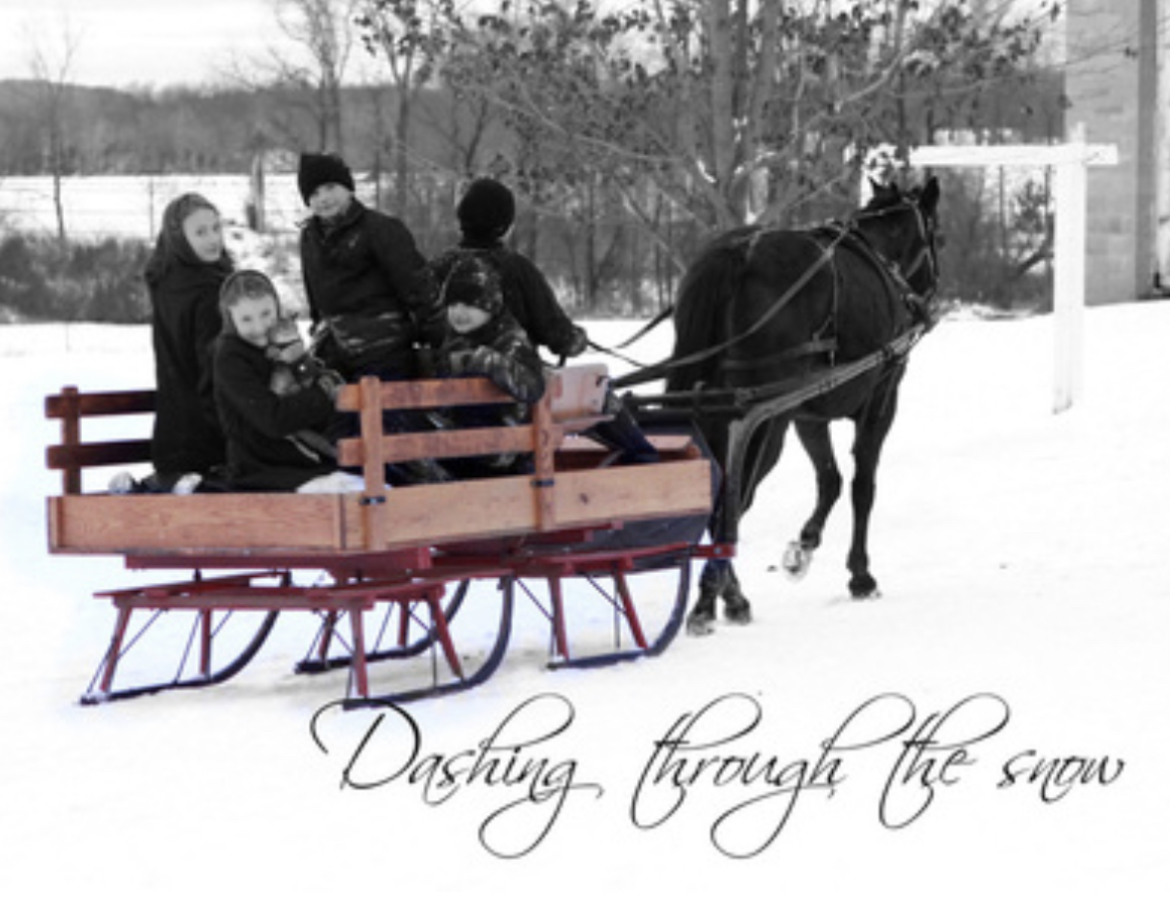 he lyrics of Jingle Bells paint a vivid picture of winter fun. The song’s protagonist gleefully narrates their experiences of dashing through the snow in a one-horse open sleigh, enjoying the crisp air and the sound of jingling bells. Its charm lies in its simplicity: the song evokes a universal sense of joy and celebration that transcends cultural and generational boundaries.
he lyrics of Jingle Bells paint a vivid picture of winter fun. The song’s protagonist gleefully narrates their experiences of dashing through the snow in a one-horse open sleigh, enjoying the crisp air and the sound of jingling bells. Its charm lies in its simplicity: the song evokes a universal sense of joy and celebration that transcends cultural and generational boundaries.
Cultural Impact
Throughout the decades, Jingle Bells has been interpreted and reimagined by countless artists. From traditional choral renditions to jazzy reworks by legends like Bing Crosby and Frank Sinatra, the song’s adaptability has contributed to its timeless appeal.
Interestingly, Jingle Bells also holds a special place in history—it was the first song broadcast from space! In December 1965, astronauts Tom Stafford and Wally Schirra played the song aboard NASA’s Gemini 6 spacecraft, creating a memorable moment that connected holiday cheer with human exploration.
Why Does Jingle Bells Endure?
The enduring popularity of Jingle Bells can be attributed to its universal themes of fun and festivity. The song evokes feelings of nostalgia, family togetherness, and the joy of the holiday season. Its catchy tune and repetitive structure make it easy to sing along with, ensuring its place in caroling traditions worldwide.
Modern Adaptations
Today, Jingle Bells is a staple in holiday playlists, school concerts, and festive gatherings. It has been translated into multiple languages and continues to inspire creativity in modern adaptations. Whether it’s a jazzy version, a rock-infused rendition, or a children’s choir performance, Jingle Bells remains an integral part of the Christmas soundtrack.
Conclusion
Jingle Bells is more than just a song; it’s a symbol of holiday joy and a testament to the power of music to bring people together. Its journey from a Thanksgiving tune to a Christmas classic showcases its ability to resonate with audiences across generations. So, the next time you hear those familiar jingling bells, take a moment to appreciate the simple yet profound magic of this timeless melody.
May your holiday season be filled with the joy and cheer that Jingle Bells so beautifully embodies.
Beyond its catchy tune and cheerful lyrics, Jingle Bells offers a nostalgic glimpse into winter traditions of the 19th century, particularly the use of one-horse open sleighs and the jingling bells that adorned them. These elements, central to the song’s imagery, hold a fascinating historical significance that adds depth to the beloved Christmas classic.
The One-Horse Open Sleigh: A Winter Necessity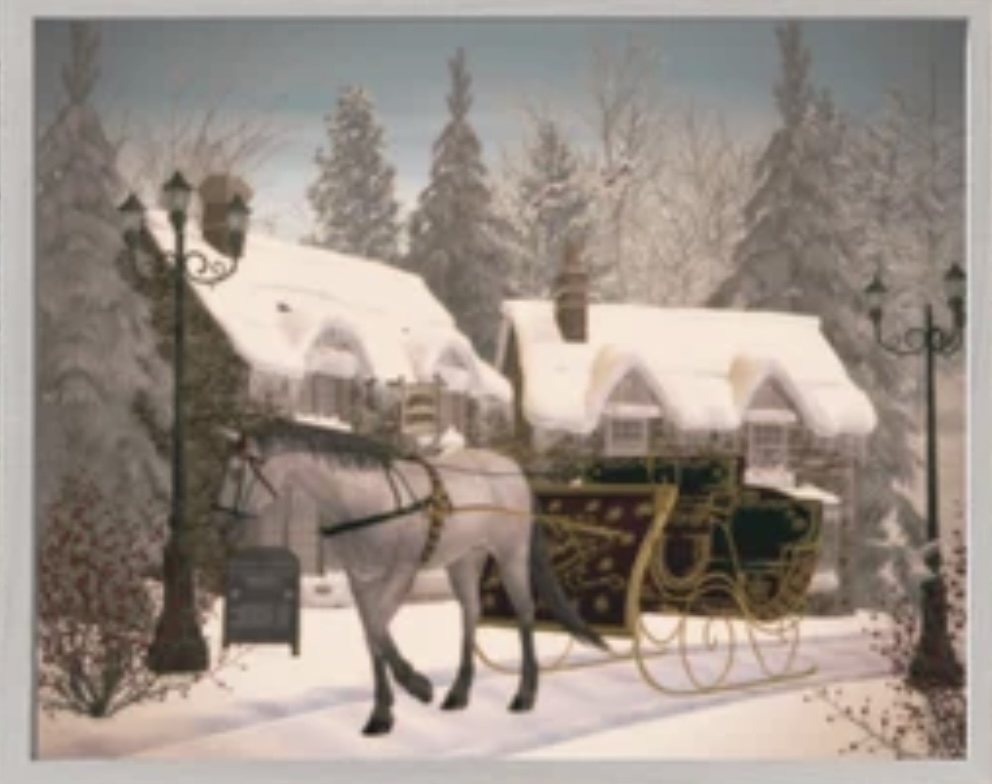
Before the advent of automobiles, sleighs were a vital mode of transportation in snowy regions. A one-horse open sleigh, as described in the song, was a lightweight sleigh designed to carry a small number of passengers. It was commonly used in winter for practical purposes such as travel, errands, and even postal deliveries.
The design of the sleigh, with its exposed seating and simple construction, allowed it to glide easily over snow-covered landscapes. Pulled by a single horse, the sleigh provided a means of travel that was both efficient and, in many cases, enjoyable. For many people, sleigh rides were not just practical but also a source of wintertime leisure, offering opportunities for social gatherings and romantic outings.
Practicality and Charm
The “jingle bells” referenced in the song were more than just decorative accessories. In snowy conditions, the soft crunch of snow often muffled sounds, making sleighs almost silent as they traveled. This posed a safety concern, especially when sleighs approached intersections or other travelers on the road. To address this, bells were attached to the harnesses of horses pulling sleighs, serving as an audible signal to alert others to their presence.
These bells varied in size and tone, creating a melodious and festive sound as the sleigh moved along. Over time, their distinct jingling became associated with the joy of sleigh rides and the festive spirit of winter.
Sleigh Rides as a Social Tradition
Sleigh rides, often accompanied by the sound of jingle bells, became a beloved winter pastime. Families, friends, and couples would bundle up in warm blankets and venture out into the snow for an exhilarating ride. The open design of the sleigh allowed passengers to take in the beauty of winter landscapes, adding to the experience’s charm.
In the 19th century, sleigh rides were also popular during winter festivals and celebrations. Communities would gather to enjoy sleigh races, parades, and group rides, all set to the cheerful sound of jingling bells. These activities inspired a sense of togetherness and joy that aligned perfectly with the themes of Jingle Bells.
A Nostalgic Reflection in Music
James Lord Pierpont’s Jingle Bells captures the essence of these winter traditions. The song’s playful lyrics and vivid imagery—“Dashing through the snow in a one-horse open sleigh”—evoke the thrill of a sleigh ride and the carefree joy of winter fun. The inclusion of the jingling bells in the song adds a layer of authenticity, connecting listeners to a time when these sounds were an integral part of winter life.
Modern-Day Reflections
While one-horse open sleighs and jingle bells are no longer part of everyday life, they remain iconic symbols of the holiday season. Sleigh rides are still enjoyed in many parts of the world, often as a nostalgic and romantic winter activity. Modern adaptations of Jingle Bells keep the imagery alive, ensuring that the charm of one-horse open sleighs and their jingling bells continues to captivate hearts.
Conclusion
The legacy of Jingle Bells extends beyond its status as a holiday classic. By immortalizing the one-horse open sleigh and its jingling bells, the song serves as a delightful reminder of the traditions and innovations that once defined winter culture. It’s a celebration of simpler times when the joy of dashing through the snow brought communities together and created memories that still resonate today.
This Christmas, as you sing Jingle Bells, let it transport you to a time of snowy landscapes, jingling bells, and the pure joy of a one-horse open sleigh ride. It’s a timeless melody that reminds us of the beauty of winter and the enduring magic of the holiday season!

